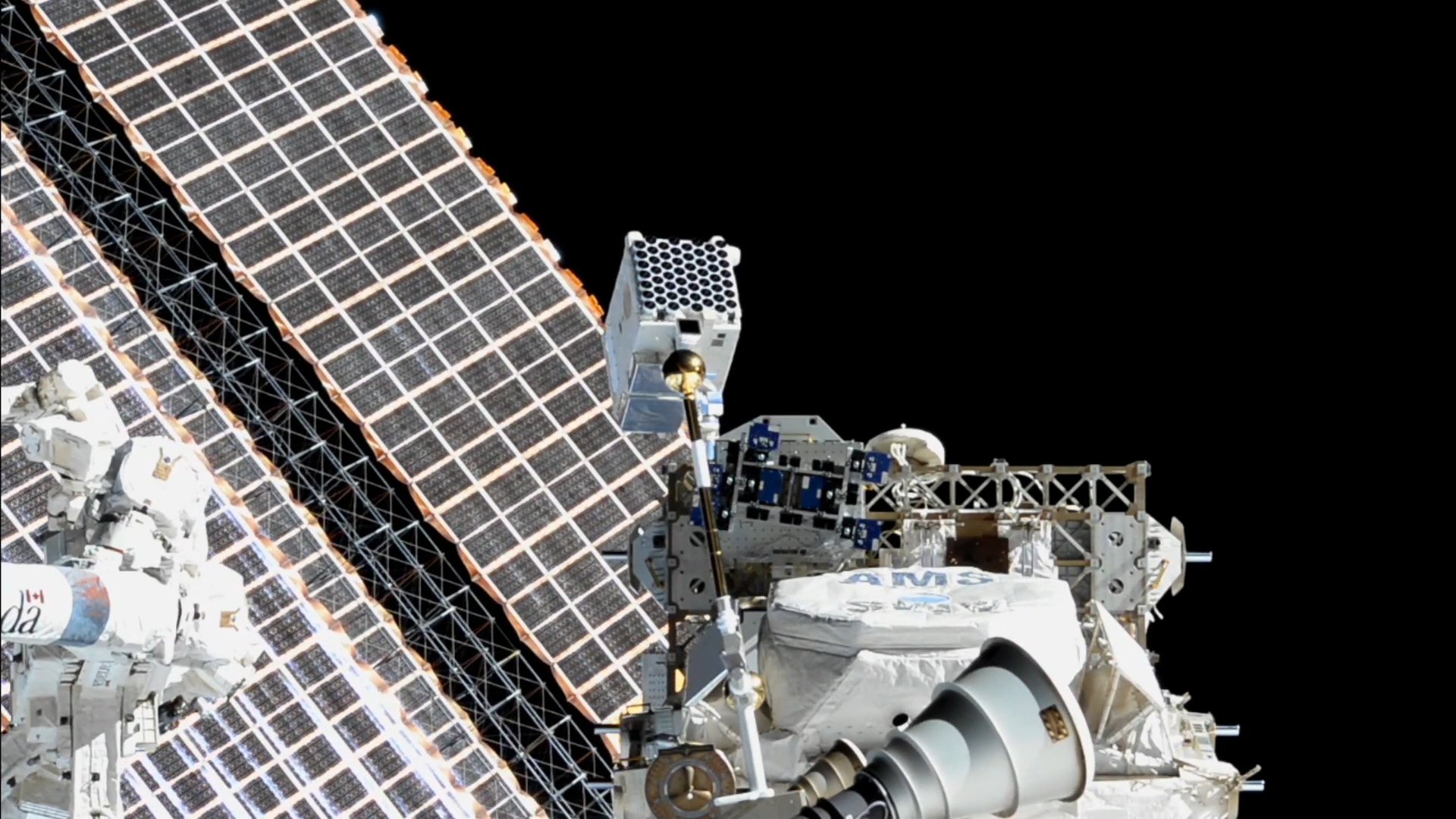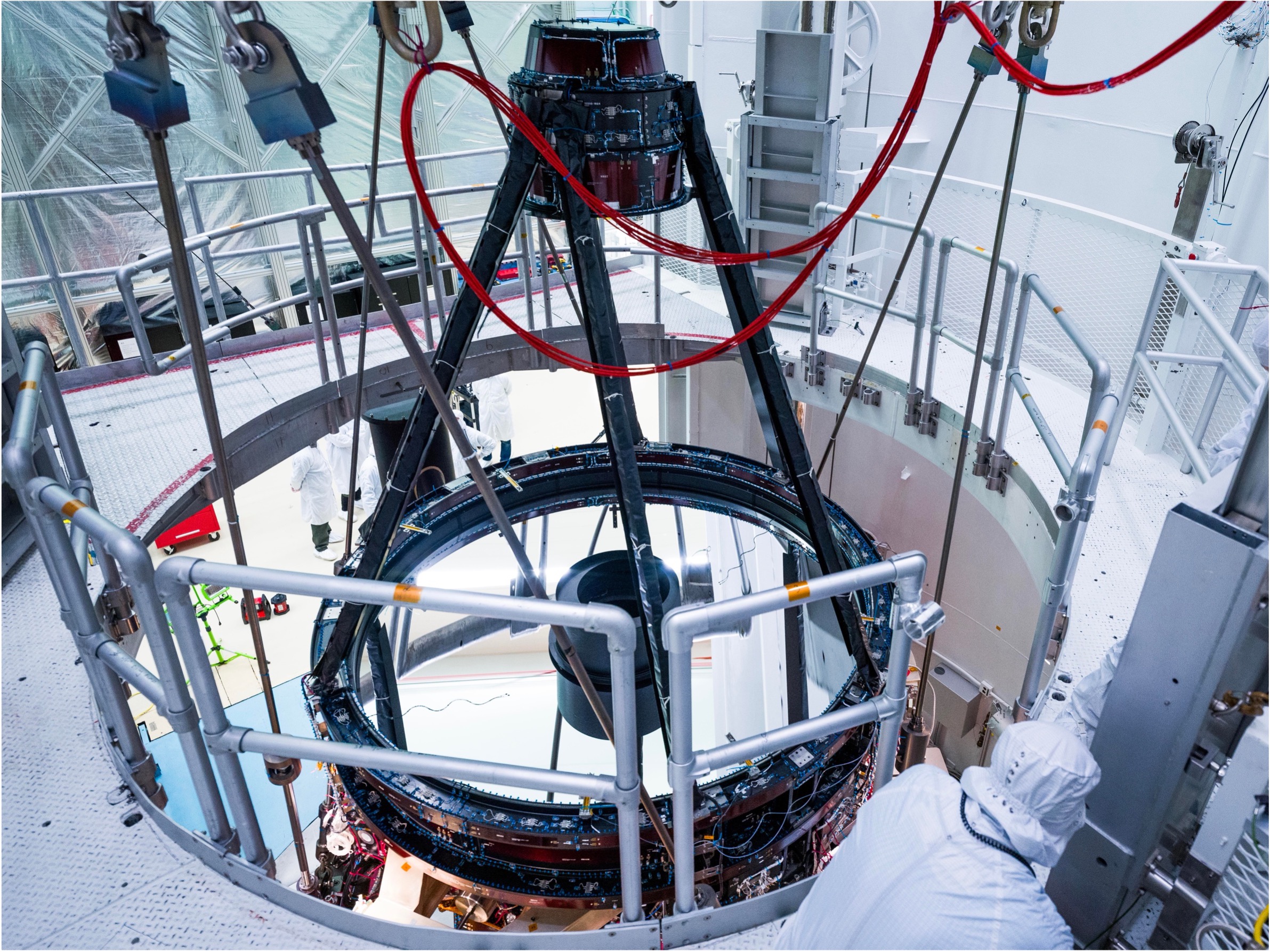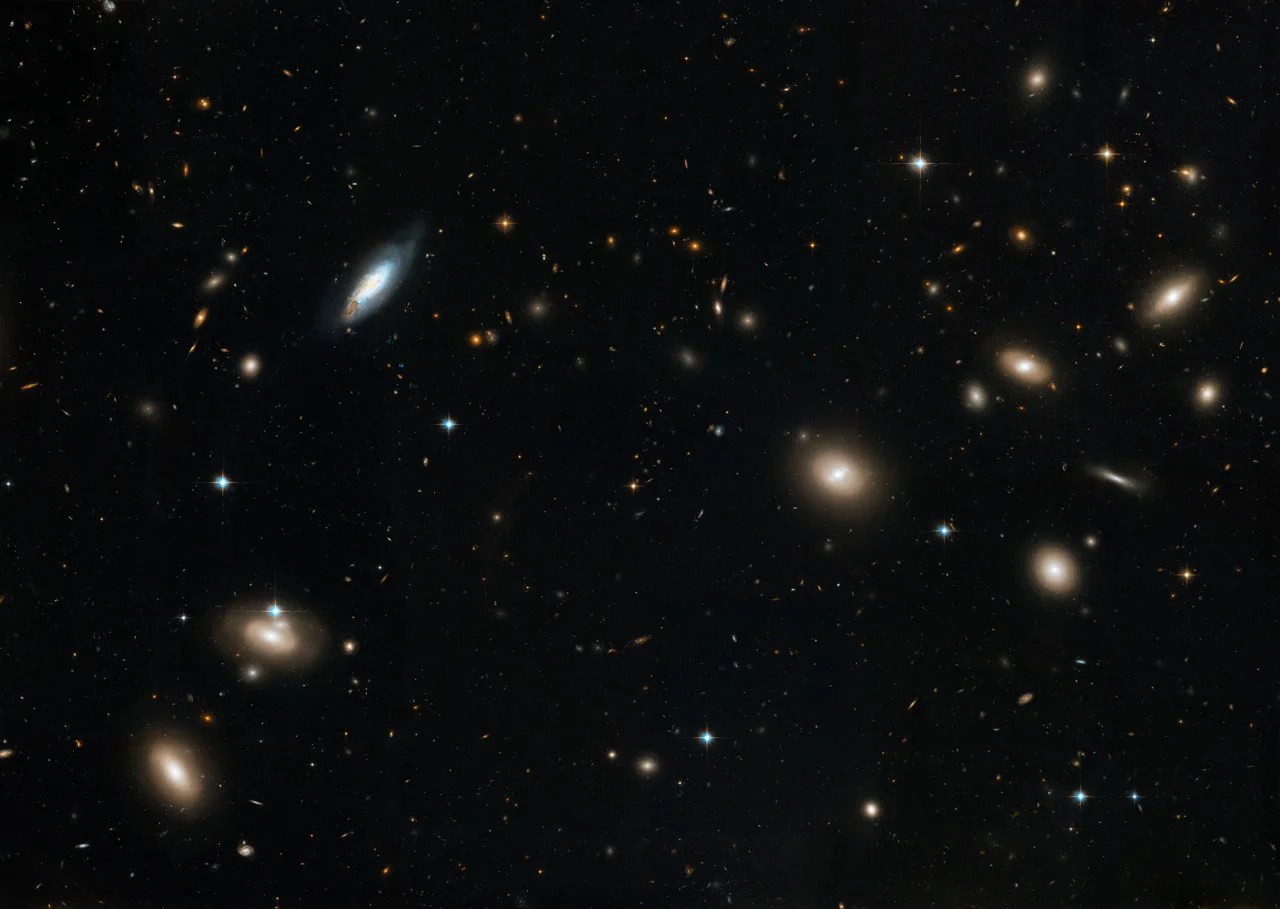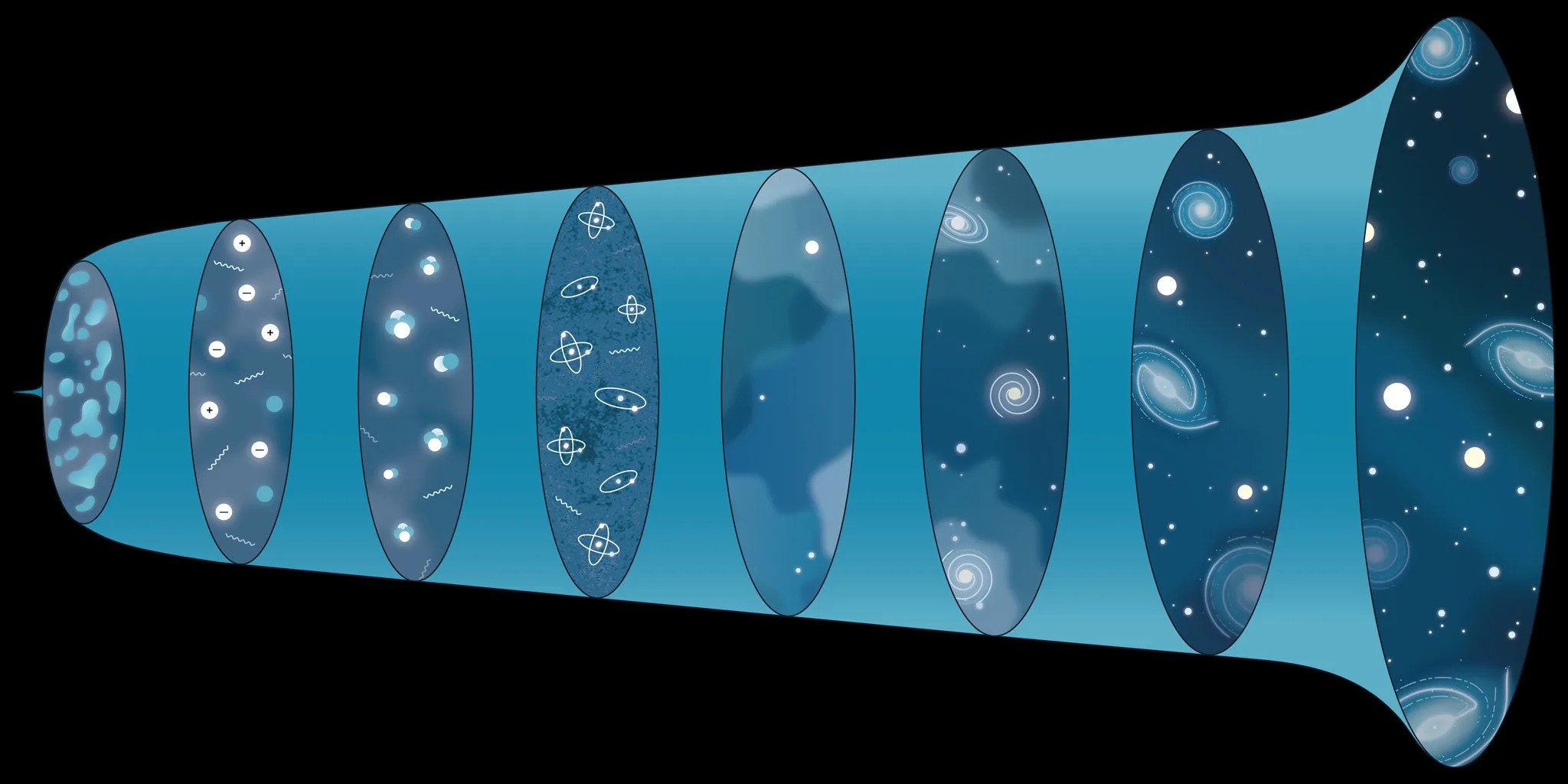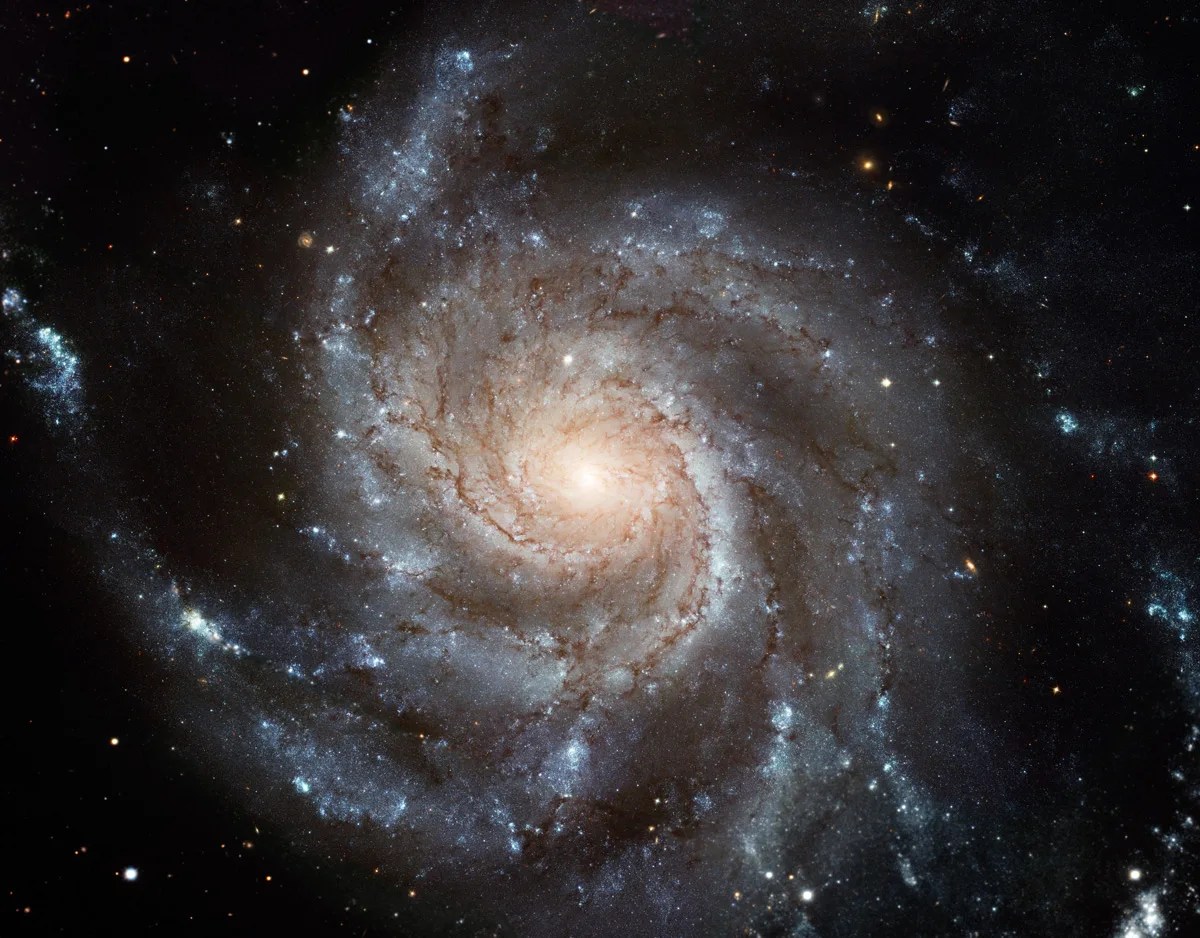5 min read
The handsome Horsehead Nebula, rearing up against glowing red gas, is sculpted from dust.
Like many of the most iconic images in astronomy, the nebula is made of thick clouds of the stuff, part of a vast molecular cloud complex in the Orion constellation some 1,500 light-years away.
Embedded within these clouds are sharp points of light, young stars forming out of swirling aggregations of gas and the dust itself.
The old complaint is true: Dust gets everywhere. It’s found throughout the cosmos, at the bottom of everything.
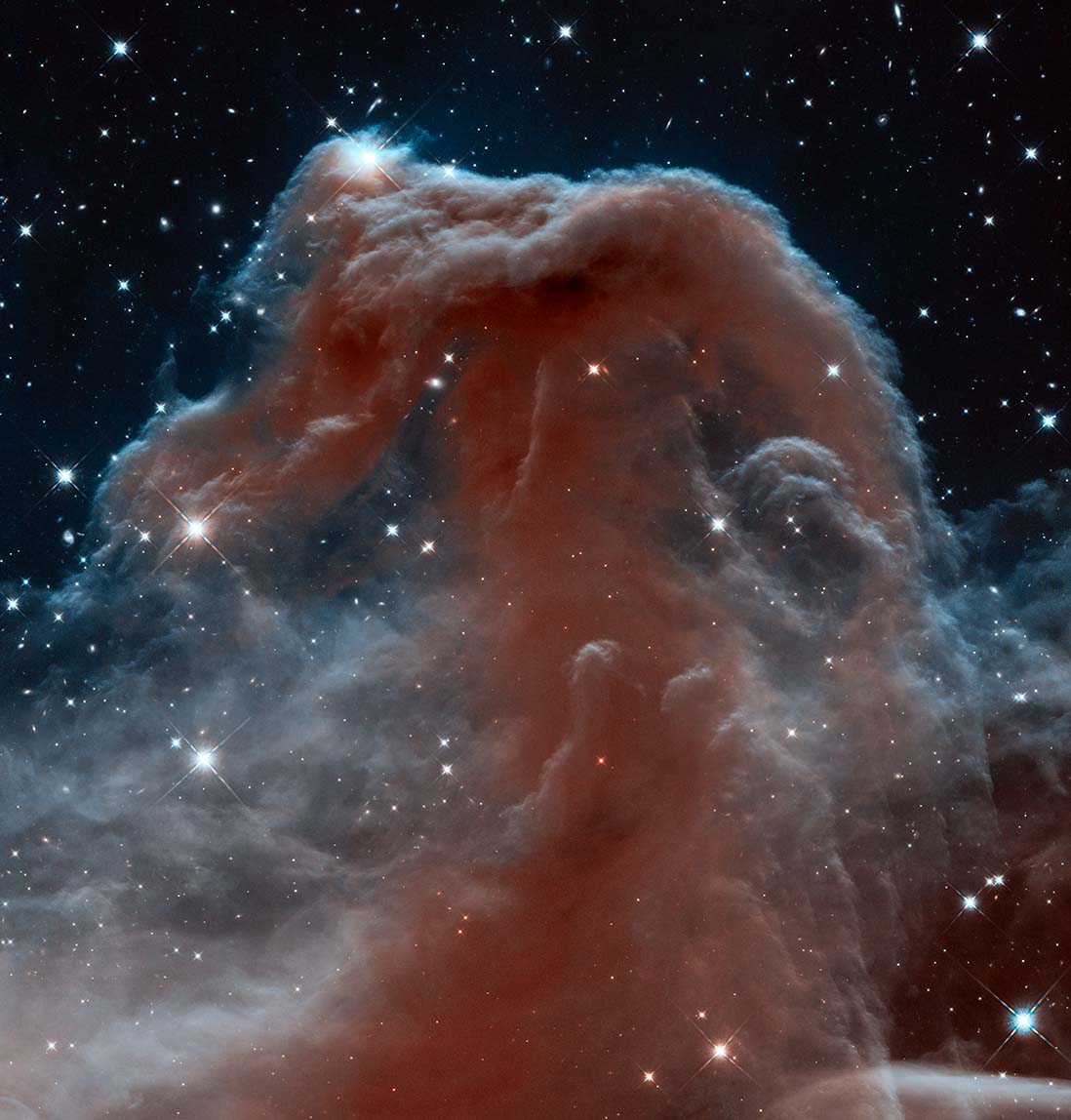
We wouldn’t be here without it. And astronomy would be lacking huge stores of knowledge if not for its careful observation. True, it also gets in the way, blocking us from seeing and understanding some of the galaxy’s most spectacular structures. But on a list of pluses and minuses, the pluses win by light-years.
“In terms of importance, dust punches above its weight,” said Michael Werner, chief scientist for astronomy and physics at NASA’s Jet Propulsion Laboratory in Southern California. “It’s an integral part of most astrophysical systems.”
Take inventory of all the normal matter in the universe, and you’ll find that the vast majority is hydrogen and helium gas. Much of the rest is in the form of dust.
A bright line can be drawn at 2,240 degrees Fahrenheit (1,227 Celsius): At that temperature and below, the material we call dust begins to condense. Interstellar dust typically forms in the atmospheres of stars; the gas they lose contains elements like carbon, nitrogen, oxygen, silicon, and iron. As the gas expands and cools, these elements form molecules, combinations of atoms. The molecules become the seeds of dust particles. And these are fantastically tiny – typically less than one micron across, a fraction of the width of a human hair. They can be quite different in composition from the dust we’re familiar with in our homes.
Initially, the dust grains make up one or two percent of the bulk, or mass, of the disk of material surrounding a young star – though not the same star from which the dust originated. That’s enough to form planets, including rocky worlds like Mercury, Venus, Earth, and Mars.
We’re most familiar with optical astronomy: viewing the cosmos in visible light, or the light waves human eyes are adapted to see. We can’t see in infrared light – beyond the red end of the light spectrum – but our infrared telescopes can. It’s a portrait in heat, and it has yielded some of the most important observations we’ve ever made in the quest to understand the universe around us.
“Dust is the infrared astronomer’s best friend,” said Werner, an infrared astronomy expert who co-authored a book on the subject.
Much of the reason is the nature of light itself. Because of their size, dust particles interact strongly with visible light; the “wavelength” of the light, or the length between peaks of the undulating wave of light as it zips along through space, is just right to get absorbed by the dust. Clusters of stars, distant planetary systems, the center of our Milky Way galaxy – all are blocked from view in visible light by troublesome tumults of dust.
Not so in the infrared. Its much longer wavelength largely allows it to dodge the dust grains and hit our infrared telescopes. In other words, in infrared light, we can see through the dust.
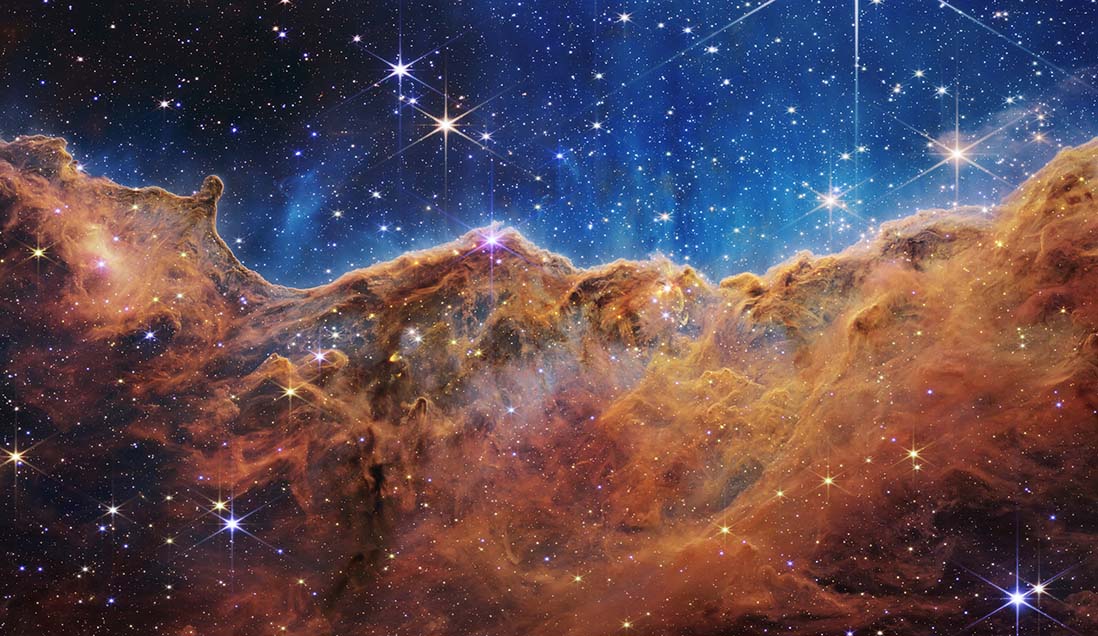
And light’s dance with dust has another interesting effect. Objects shining in visible and ultraviolet (UV) light – stars, the boundaries of black holes – can heat the dust around them enough for that energy to be radiated in the infrared. That means infrared telescopes, such as NASA’s James Webb Space Telescope and the now-retired Spitzer Space Telescope, can see objects glowing in infrared light that results from visible and UV light being absorbed by dust.
Infrared observations also can reveal the secrets of the formation and early evolution of other planetary systems. Eventually this could give us deeper clues into how we got here, and where we came from.
The big bang – the origin of our universe – produced mostly hydrogen and helium; all the heavier elements were forged in the centers of stars. Some stars explode into supernovae, and the heavy elements fired in their nuclear crucibles scatter through the interstellar medium, the space between stars. Gravity takes hold; the dust grains and gas gather into clouds and begin to rotate, falling toward the center eventually to ignite a new star.
The new star is surrounded by a thick ring of gas and dust, which organizes itself into planets. On one planet, more complex structures organize themselves from the “dust.” After billions of years, life develops. Some of the lifeforms develop astronomy and become astronomers. One astronomer, Carl Sagan, says, “We are made of star stuff.”
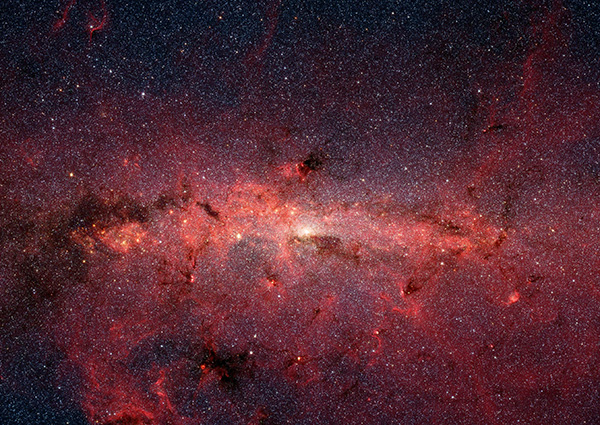
That’s the “poetic version of the story,” Werner said. “The materials that go into making you or me a unique human being were generated in stars. They say that dust is our destiny, and our origin.”
That includes molecules active in biology: water, ammonia, methane, and a great many others that constitute the building blocks of life, much of it present in cosmic gas as well.
Dust is a major player, as far as we can tell, just about anywhere you care to look.
“Based on observations beyond our own galaxy, it’s clear that it’s equally important throughout the universe,” Werner said. “It’s not just a local phenomenon. Other galaxies have just as much dust.”
In the meantime, enjoy the accidental sculptures.
“People will be familiar with things like the Horsehead Nebula, the Pillars of Creation,” he said. “The wonderful images we have from Spitzer. All that stuff is dust in action.”


